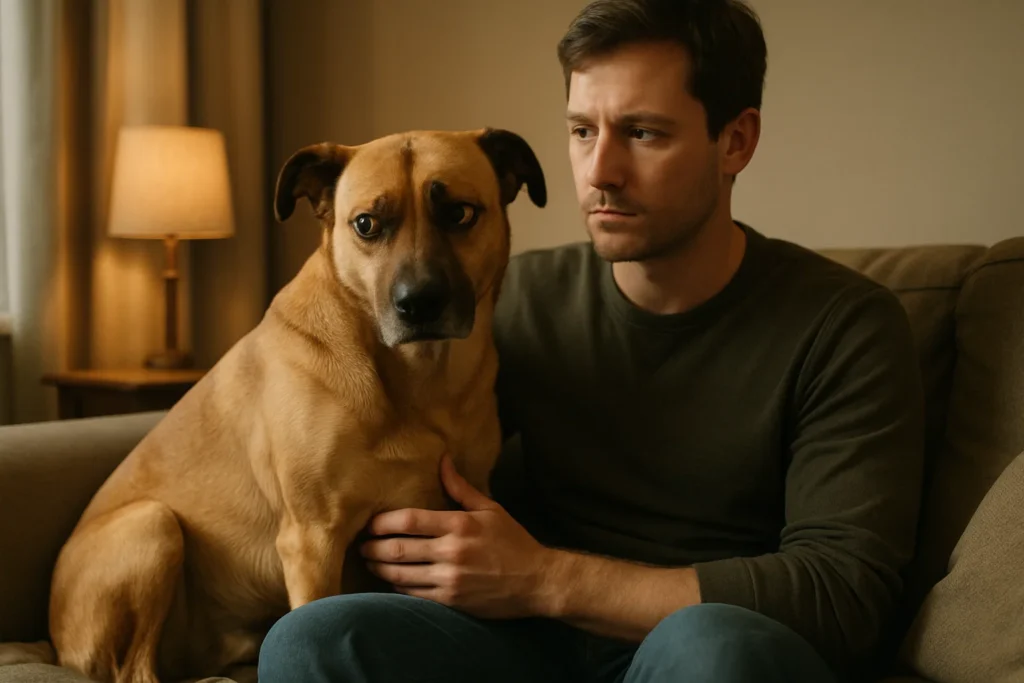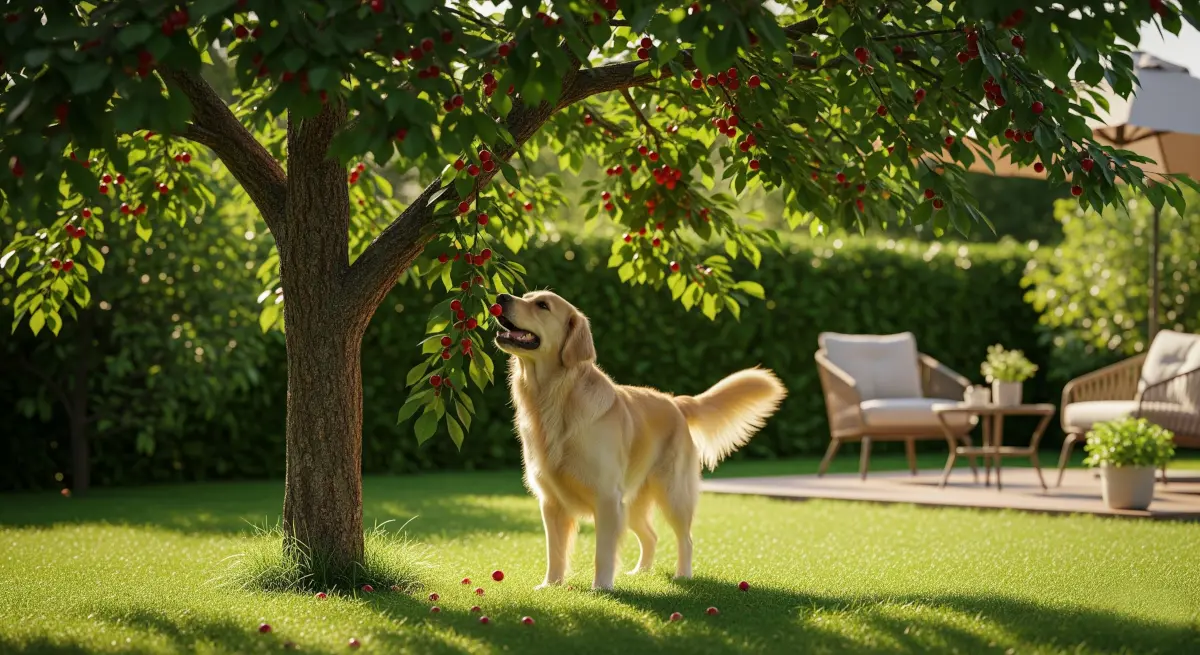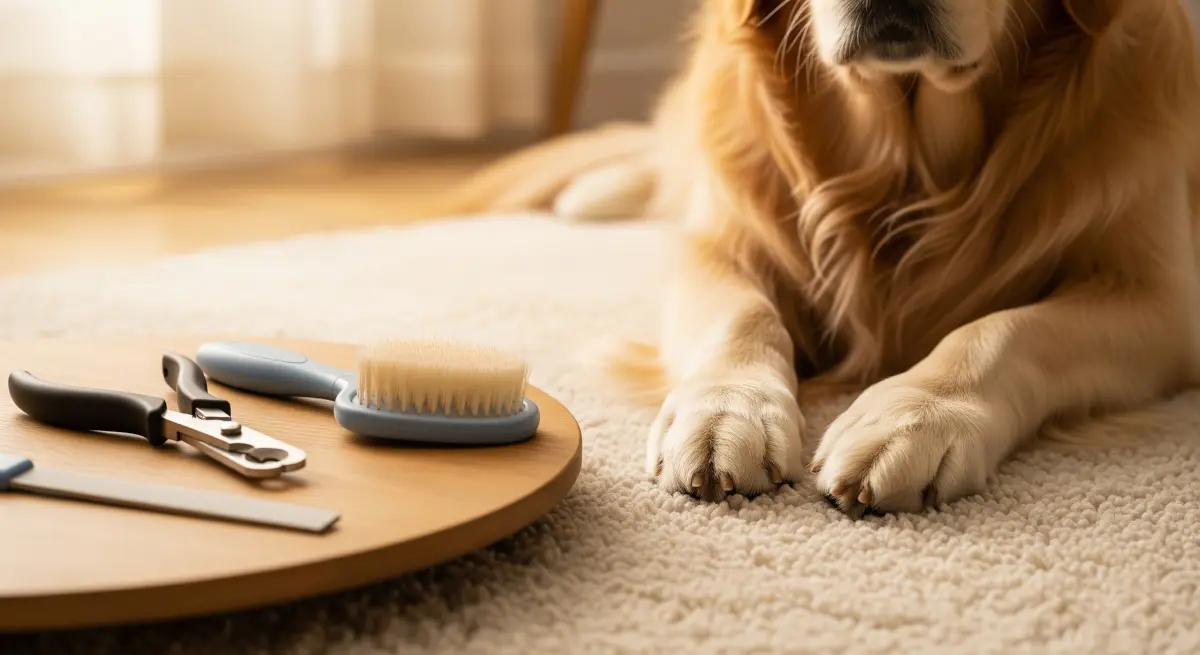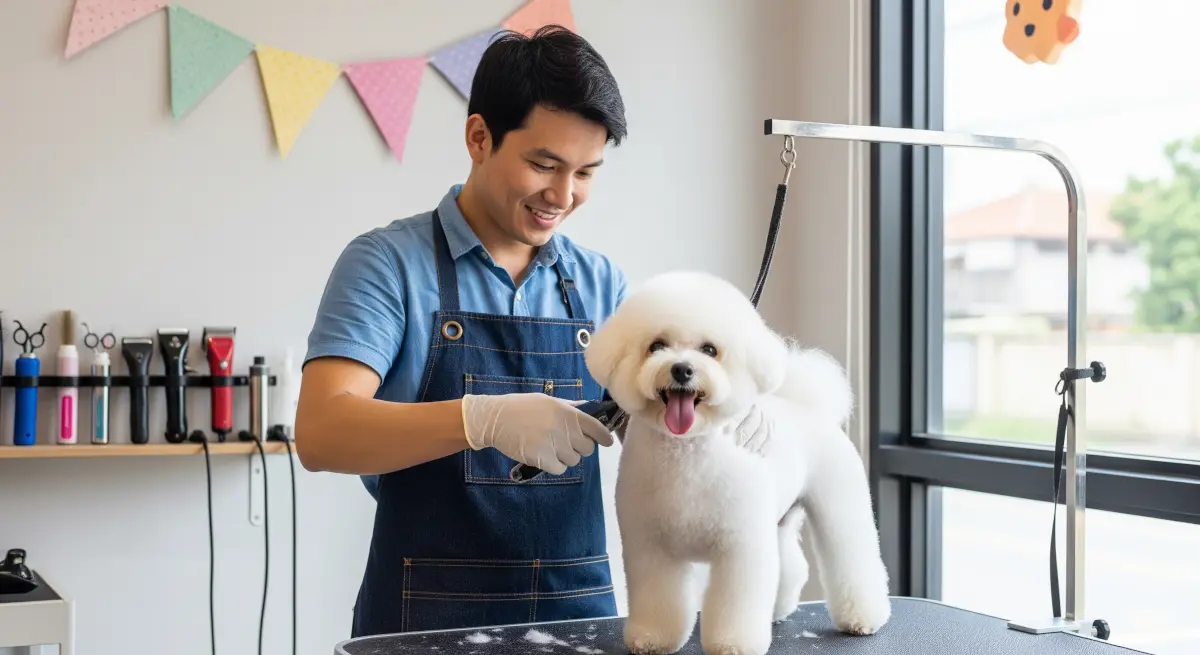Have you ever noticed your dog acting a little *too* protective of you when others are around? This behavior, often referred to as dog resource guarding a favorite human being, can be confusing and even concerning for pet parents. It’s a natural instinct, but when your beloved canine companion starts exhibiting behaviors like growling, snarling, or blocking access to you, it signals something more. In fact, many dog owners wonder: “Is my dog resource guarding owner behavior, or just being extra cuddly?” Understanding this phenomenon is key not only to managing it but also to strengthening your bond with your furry friend. This guide will walk you through the causes, signs, and practical strategies to address this protective behavior, helping you foster a happier, more balanced household.
Table of Contents
- Understanding Dog Resource Guarding
- Why Does Dog Resource Guarding Happen?
- Recognizing the Signs of Resource Guarding
- Impact on Your Dog and Your Family
- Effective Strategies to Manage Resource Guarding
- Frequently Asked Questions About Dog Guarding Behavior
- Conclusion: Building a Secure Bond
Understanding Dog Resource Guarding
Dog resource guarding a favorite human being is a specific type of protective behavior where your dog treats you, their beloved owner, like a valuable possession they need to defend from others. While resource guarding often refers to objects like food or toys, it can extend to people, spaces, or even attention. Understanding these natural instincts is crucial, and just like learning new methods of dog training, recognizing the nuances of dog behavior can transform your relationship. This isn’t necessarily a sign of aggression, but rather an instinct rooted in their need for security and control over what they perceive as theirs. The intensity of this behavior can vary, influenced by factors such as the dog’s breed, past experiences, and their overall trust level.
Why Does Dog Resource Guarding Happen?
This protective behavior doesn’t emerge out of nowhere. Several underlying factors can contribute to your dog’s tendency to guard you. Identifying these roots is the first step toward effective management.
Social Bonding & Attachment
Dogs form incredibly strong bonds with their human companions. This deep social attachment can sometimes lead to an intense desire to keep their favorite human close and away from perceived rivals. They see you as a vital resource for comfort, safety, and affection, and they want to ensure that resource isn’t taken away.
Anxiety, Fear, and Stress
Dogs suffering from underlying anxiety or fear are more prone to displaying guarding behaviors. For them, guarding can be a coping mechanism—a way to control a situation they perceive as stressful or threatening. If your dog feels insecure or worried, protecting you might be their way of feeling safer.
Past Experiences & Scarcity
While less common when guarding a human, a history of scarcity or frustration can play a role. A dog that experienced neglect or had to compete for resources in the past might develop a heightened sense of possessiveness. This can translate into protecting their most valuable resource: you, their human.
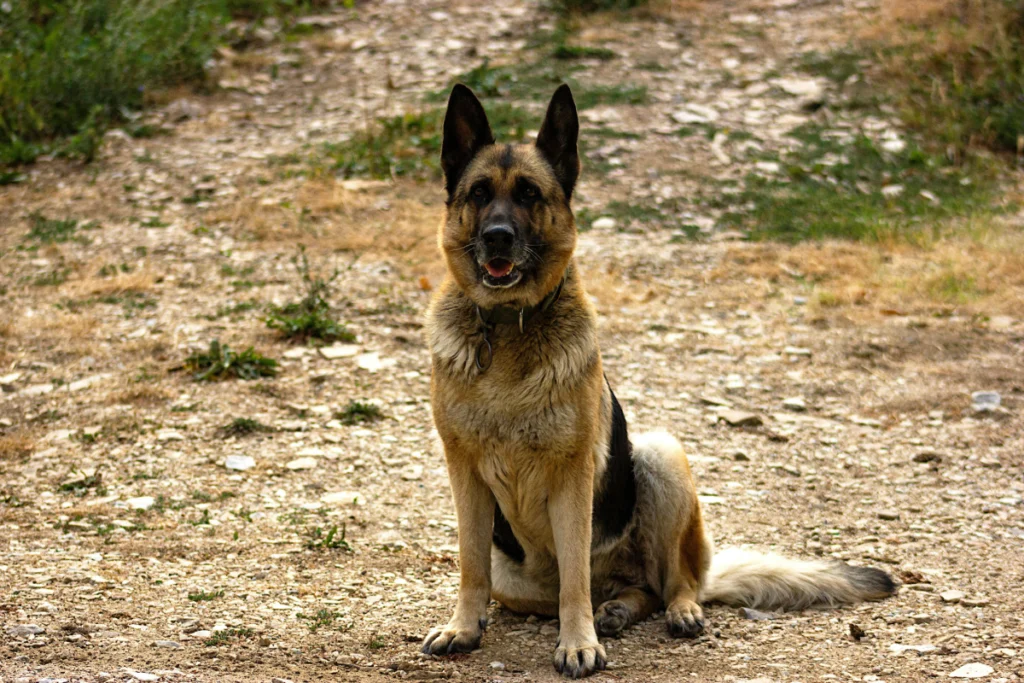
Recognizing the Signs of Resource Guarding
It’s important to distinguish between normal protective instincts and problematic resource guarding. Look out for these key indicators:
Defensive Postures
When another person or animal approaches, your dog might stiffen, lower their head, or even “whale eye” (showing the whites of their eyes). They might position themselves physically between you and the other party, leaning or pushing into you to create a barrier.
Growls and Snarls
These are clear warnings. If your dog growls or snarls when someone comes too close to you, especially if they are trying to engage with you, it’s a strong sign of resource guarding. They are communicating that they feel threatened and want the other party to back off.
Restricted Access
Does your dog try to limit who can approach or interact with you? This might involve nudging people away, barking excessively at visitors, or even snapping at another pet trying to join you on the couch. They are actively trying to control access to their “resource”—you.
Impact on Your Dog and Your Family
Resource guarding isn’t just an inconvenience; it can have significant emotional and social consequences for both your dog and your household.
For Your Dog: Stress & Social Limitations
Constantly feeling the need to guard you can be incredibly stressful for your dog. This heightened state of alert can lead to chronic anxiety, affecting their overall well-being. It can also limit their social interactions, making it difficult for them to enjoy time with other pets or people, potentially leading to isolation.
For You: Worry & Family Dynamics
For pet parents, dealing with resource guarding can be frustrating and even embarrassing. You might worry about your dog’s reactions to guests or children, affecting your social life and daily routines. It can strain family dynamics, making it challenging for loved ones to interact freely with you and your pet.
Effective Strategies to Manage Resource Guarding
Managing resource guarding requires patience, consistency, and a positive approach. The goal is to help your dog feel secure enough that they don’t feel the need to guard you.
Building Trust and Confidence
Focus on positive reinforcement. Reward your dog for calm behavior when others are present. Keep interactions calm and avoid situations that trigger guarding. The more secure your dog feels with you and in their environment, the less they’ll feel the need to defend you.
Creating a Safe and Secure Environment
Designate safe spaces where your dog can retreat and relax without feeling threatened. This could be a crate, a specific bed, or a quiet room. Additionally, identify and minimize environmental stressors that might contribute to their anxiety, such as loud noises or chaotic routines.
Behavior Modification Techniques
Two powerful techniques are desensitization and counter-conditioning. Desensitization involves gradually exposing your dog to the trigger (e.g., someone approaching you) at a low intensity, without causing fear. Counter-conditioning means associating the presence of other people or animals with positive experiences, like treats or praise, so your dog begins to view their approach as a good thing rather than a threat.
Frequently Asked Questions About Dog Guarding Behavior
Is resource guarding a sign of aggression?
Resource guarding can escalate to aggression if not addressed. While it stems from an underlying insecurity rather than pure malice, the growling, snarling, and snapping can be precursors to a bite. It’s a serious warning sign that your dog feels highly threatened.
Can resource guarding be cured completely?
While it’s a deeply ingrained instinct, resource guarding can be significantly managed and reduced through consistent training and behavior modification. In many cases, dogs learn to trust that their resources (including you) are safe and don’t need to be defended, leading to a much calmer household.
When should I seek professional help for resource guarding?
You should seek professional help from a certified dog trainer or a veterinary behaviorist immediately if the guarding behavior involves growling, snapping, or biting, or if you feel unsafe or overwhelmed. Early intervention is key to preventing the behavior from escalating and ensuring the safety of everyone in the household.
Conclusion: Building a Secure Bond
Understanding and addressing dog resource guarding a favorite human being is a journey that requires patience, empathy, and consistent effort. By recognizing the signs early, understanding the underlying causes, and implementing positive, trust-building strategies, you can help your canine companion feel more secure and less compelled to protect you. This process not only mitigates challenging behaviors but also deepens the incredible bond you share, fostering a happier, healthier, and safer environment for everyone in your family. If you found this guide helpful, consider sharing it with other pet parents, or explore more of our resources on canine behavior and well-being!

